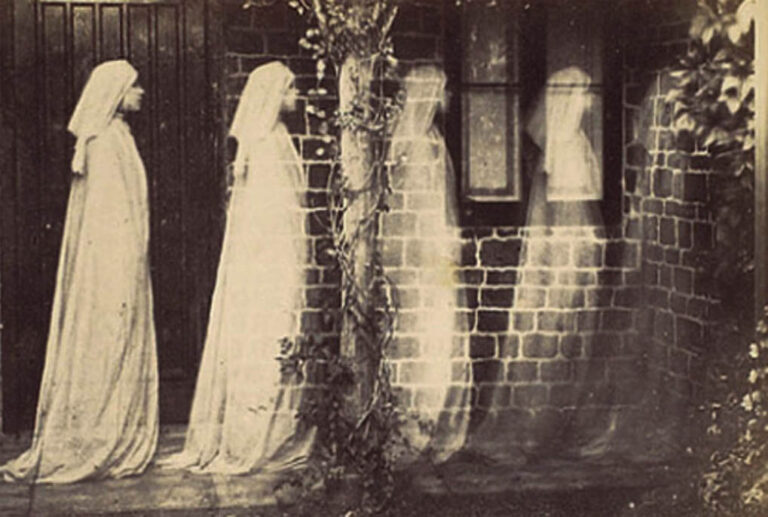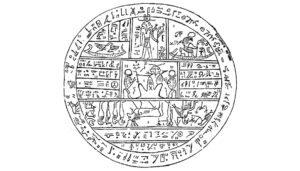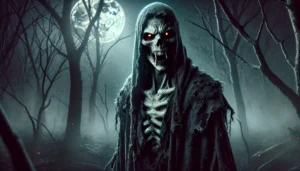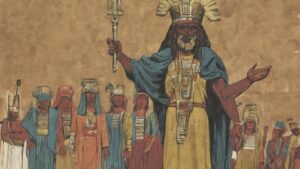Table of Contents
What is Doppelgänger?
A doppelgänger, often anglicized as doppelganger, is a spirit double or evil twin that looks exactly like you. The term originated from the German word “double goer.” According to legend, spotting your double is an omen of disease or death. In modern society, a doppelganger also refers to a person who looks and acts very similar to you. The concept of doppelgangers dates back to ancient myth and legend, with various cultural interpretations and beliefs.
Doppelganger Origin
Ancient myths and legends feature stories of doppelgangers, highlighting an enduring fascination with the theme in literature and art. Zoroastrianism, an ancient Iranian religion from the 5th century BC, noted the concept of good and evil twins representing darkness and light. In Egyptian mythology, the ka, or spirit double, shared the original individual’s memories, even averting war by sending a perfect replication of Helen in a Trojan War story. Native American myths, such as the Hopi twins, believed in a mirrored afterlife. Norse mythology tells of a ghostly double performing actions just before the person, often resembling the original. Scottish tales describe mystical baby snatchers, Trows, swapping sickly fairy babies for healthy human babies. The Bretons version, Ankou, a harvester of souls, sighting foretold certain death, involving the newly dead souls in harvesting more souls.
Real Doppelgangers

Abraham Lincoln reportedly saw a weakened reflection of himself, considered a bad omen, predicting he wouldn’t survive his second term.
Johann Wolfgang von Goethe claimed encountering his exact double, wearing a gold-trimmed gray suit years later, a strange coincidence.
Catherine the Great’s servants reported seeing her double in her throne room while she was in bed. Shooting the double preceded her death.
Guy de Maupassant’s health declined after writing a ghost story dictated by his doppelganger, hinting at a sinister influence.
Emilie Sagée, a 19th-century school teacher, had students witness her doppelganger mimicking her movements. Passing through it left a strange sensation.
These real-life encounters contribute to the mystique surrounding the phenomenon of doppelgangers.
In Art
In 1860, Dante Gabriel Rossetti, the artist, created a watercolor painting titled “How They Met Themselves.” It depicts a couple encountering their exact doubles while walking in the woods. The lady collapses, and the man draws his sword in defense of their evil spirit replicas. Purportedly, Rossetti painted this work during his honeymoon.
Edgar Allan Poe, the American writer known for dark tales, authored the 1839 short story “William Wilson.” The narrative portrays a man’s struggle against submitting to vices, with a doppelganger persistently steering him away from evil ways.
Modern Explanation
Modern medicine and science attribute the phenomenon to head injuries or hallucinations. Additionally, they link it to heautoscopy, a psychiatric phenomenon describing viewing one’s own body from a distance, often associated with schizophrenia or epilepsy. For those open to the supernatural, the suggestion is encountering an exact copy from an alternate reality or dimension.
Whether real or fictional, seeing one’s doppelganger is likely to evoke profound emotions. In the style of Edgar Allan Poe, such an encounter may haunt an individual for an extended period, potentially driving them to madness.
FAQ
What is a doppelganger definition?
The term "doppelganger" is of German origin, where "doppel" means double, and "ganger" means goer. The definition refers to a double or look-alike of a person, often with a supernatural or paranormal connotation.
What is a doppelganger person?
A doppelganger person is someone who is believed to have a mysterious double or look-alike. In mythology and superstition, the appearance of a person's doppelganger is often seen as a supernatural occurrence with potential negative implications.




